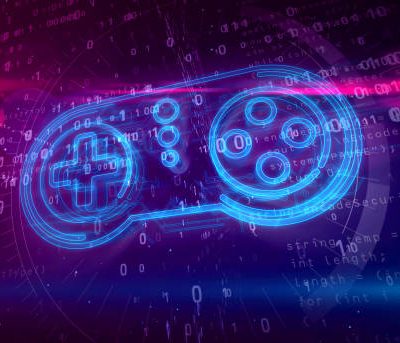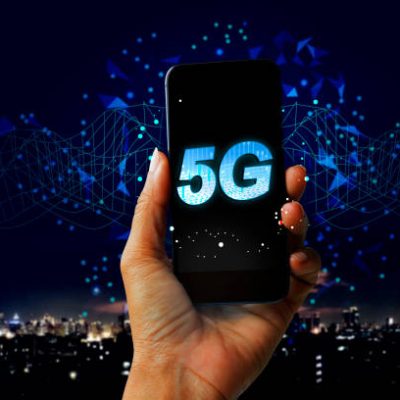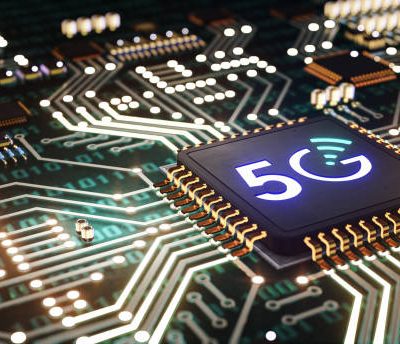Introduction:
The advent of mobile communication has brought a revolution in the way people communicate and stay connected. The current generation of mobile communication is 4G or LTE (Long-Term Evolution) and 5G is the latest iteration of this technology. In this article, we will be discussing the differences between 4G and 5G and why it matters for the future of communication.
What is 4G?
4G is the fourth generation of mobile communication technology that was first commercially launched in 2009. 4G is based on the LTE standard and provides data transfer speeds up to 100 Mbps. 4G LTE offers several benefits over its predecessors, including faster data speeds, lower latency, and improved network capacity.
What is 5G?
5G is the fifth-generation mobile communication technology that promises to offer faster data speeds, lower latency, and improved network capacity compared to 4G. 5G networks are designed to provide up to 20 Gbps data transfer speeds, low latency as low as 1 millisecond, and support for millions of connected devices simultaneously. 5G technology is expected to be the foundation for the future of communication, including the Internet of Things (IoT) and autonomous vehicles.
Key differences between 4G and 5G
Speed: 5G offers significantly faster data speeds compared to 4G, allowing for seamless streaming of high-quality video and audio, fast downloads, and quick web browsing.
Latency: 5G technology is designed to offer low latency, which is critical for applications such as virtual reality, gaming, and autonomous vehicles.
Network Capacity: 5G is designed to support a large number of connected devices simultaneously, making it ideal for the Internet of Things (IoT) and other applications that require high-density connectivity.
Network Coverage: 4G networks are widely available across the world, while 5G coverage is still in the early stages of deployment.
Cost: 5G technology requires significant investment in infrastructure and equipment, which is expected to result in higher costs for consumers and businesses compared to 4G.
Why it Matters
The development of 5G technology is expected to have a significant impact on the future of communication, including the Internet of Things (IoT), autonomous vehicles, and various other applications that require high-speed, low-latency connectivity. 5G technology is also expected to create new business opportunities and drive economic growth.
Conclusion:
5G represents a significant improvement over 4G in terms of speed, latency, network capacity, and support for connected devices. While 5G is still in its early stages of deployment, it is expected to play a critical role in shaping the future of communication and creating new business opportunities. As 5G networks continue to roll out, it will be exciting to see how technology transforms our world.





